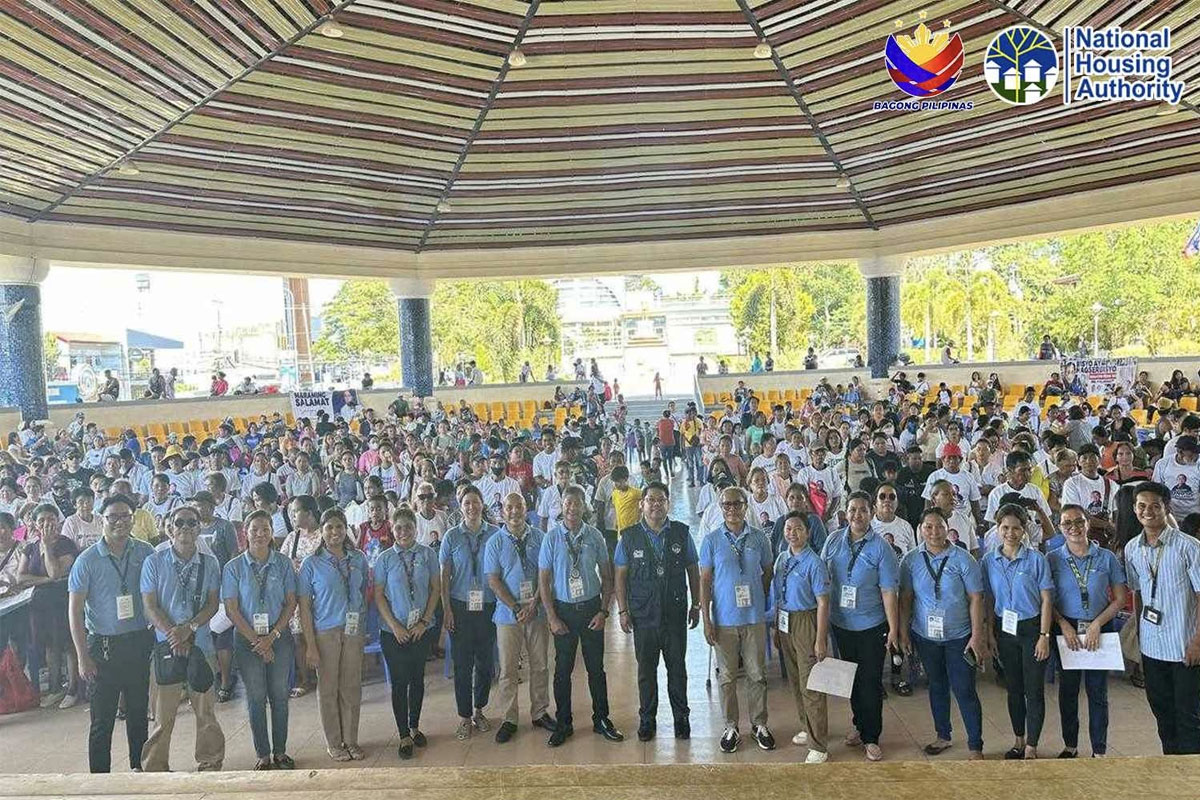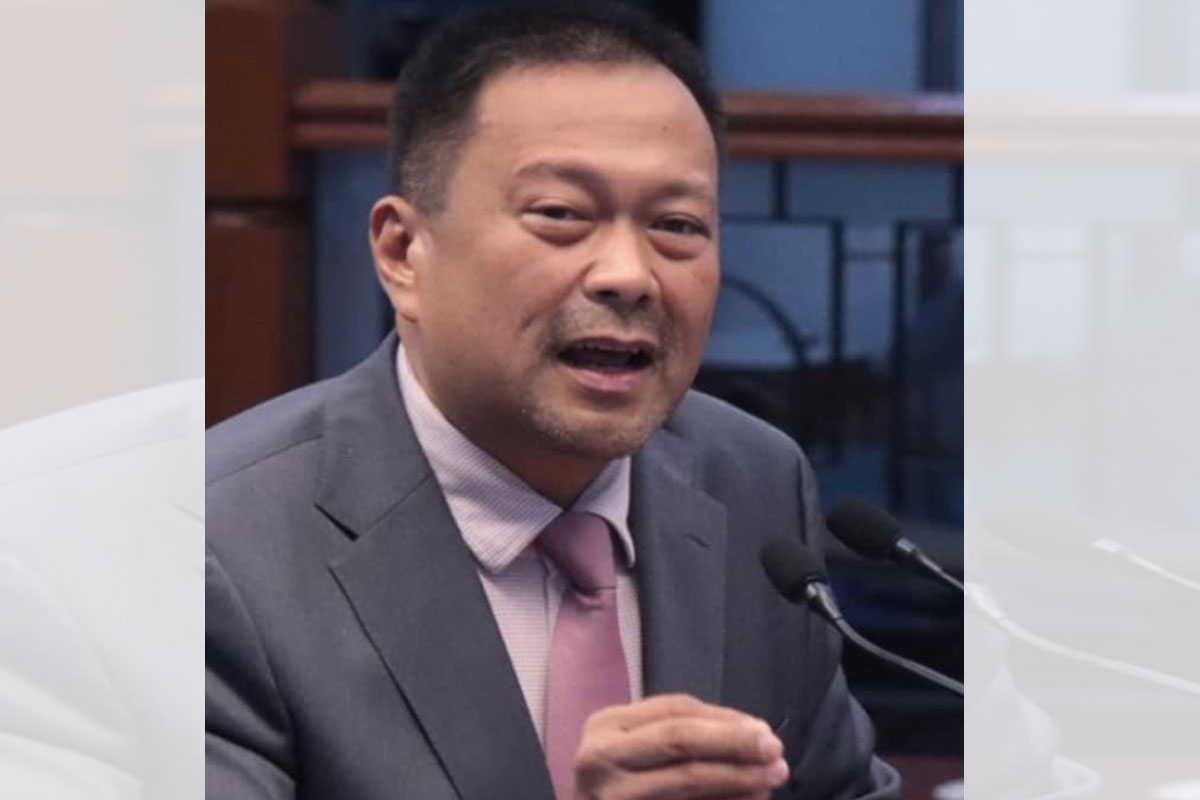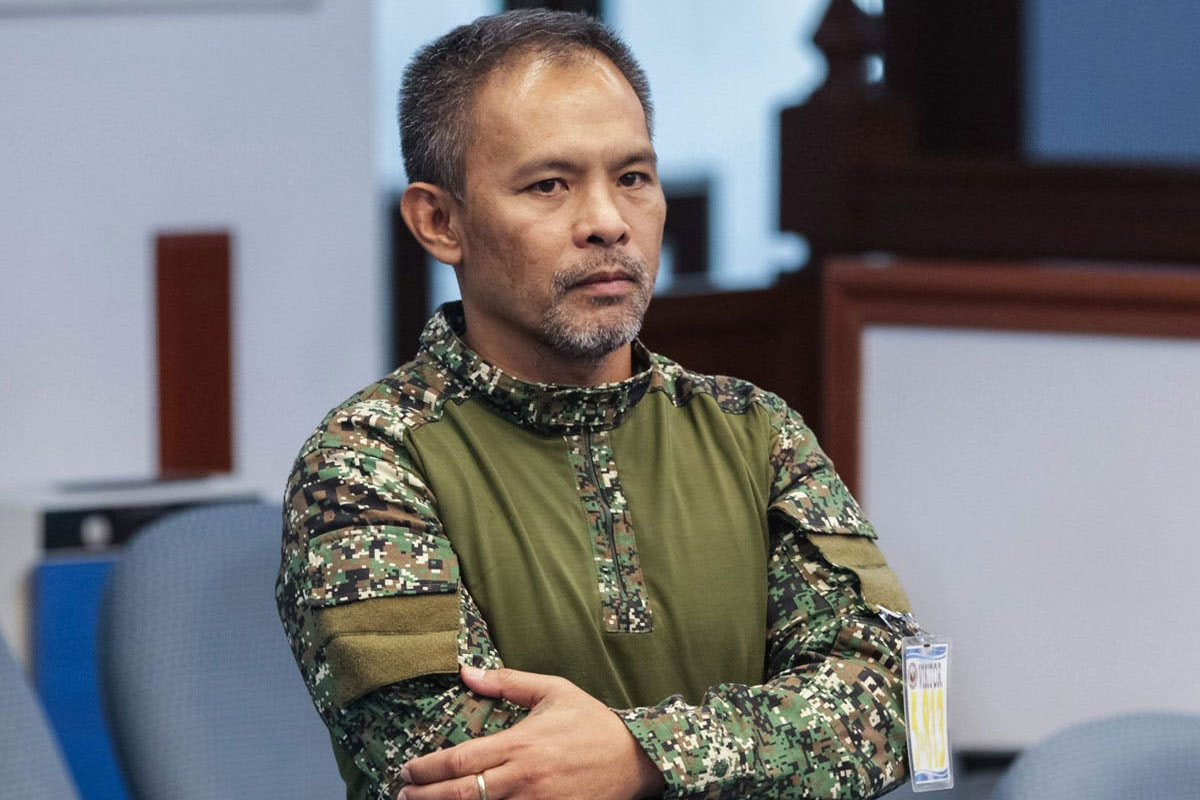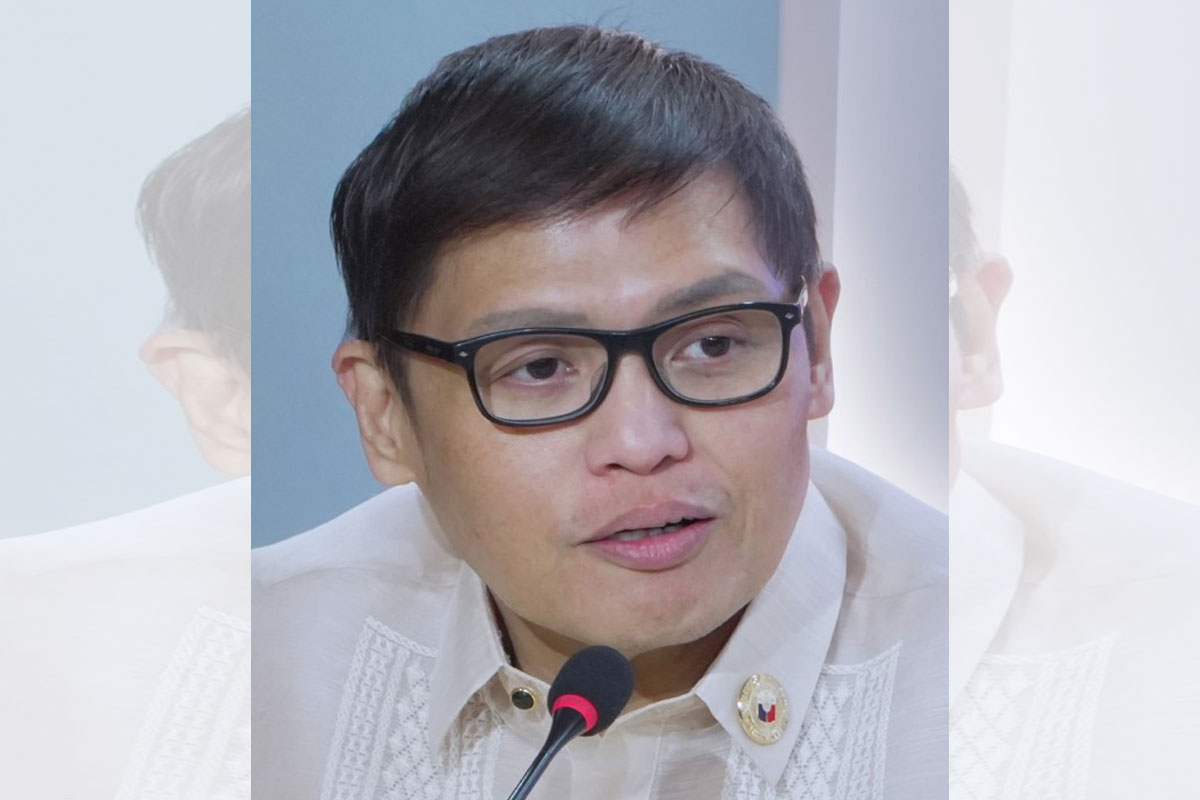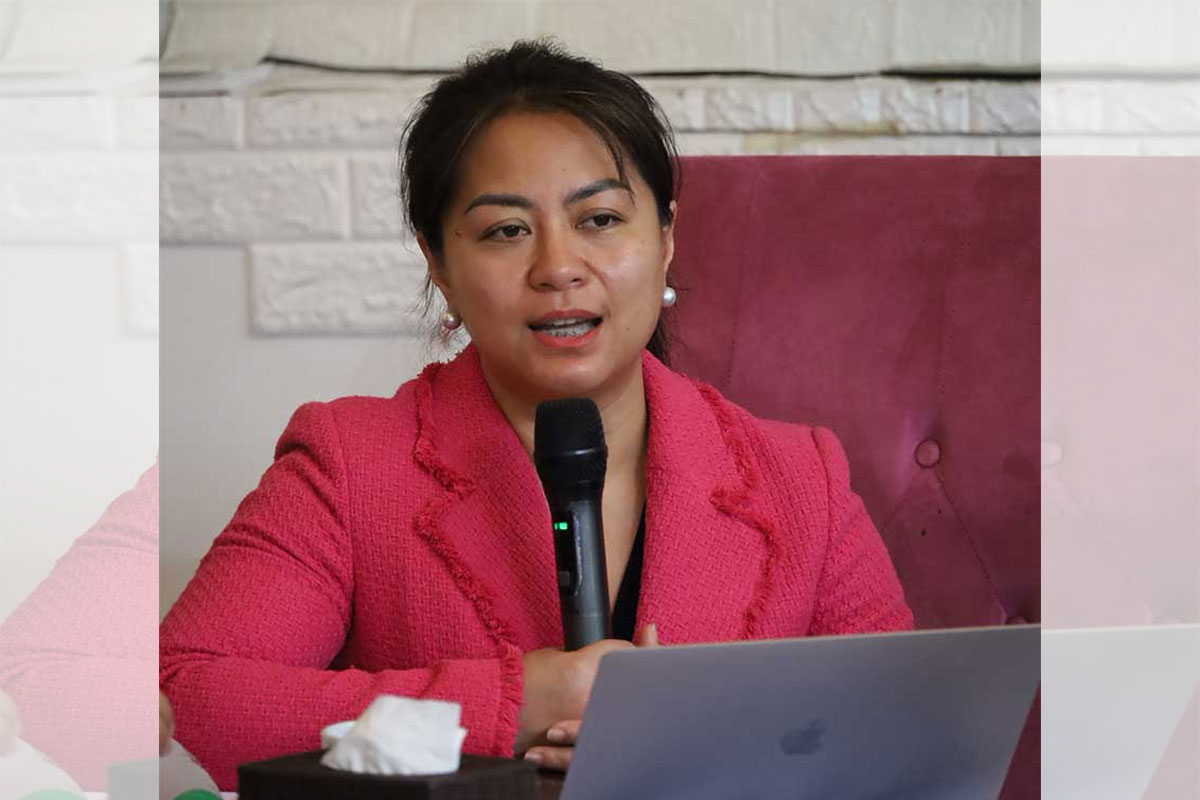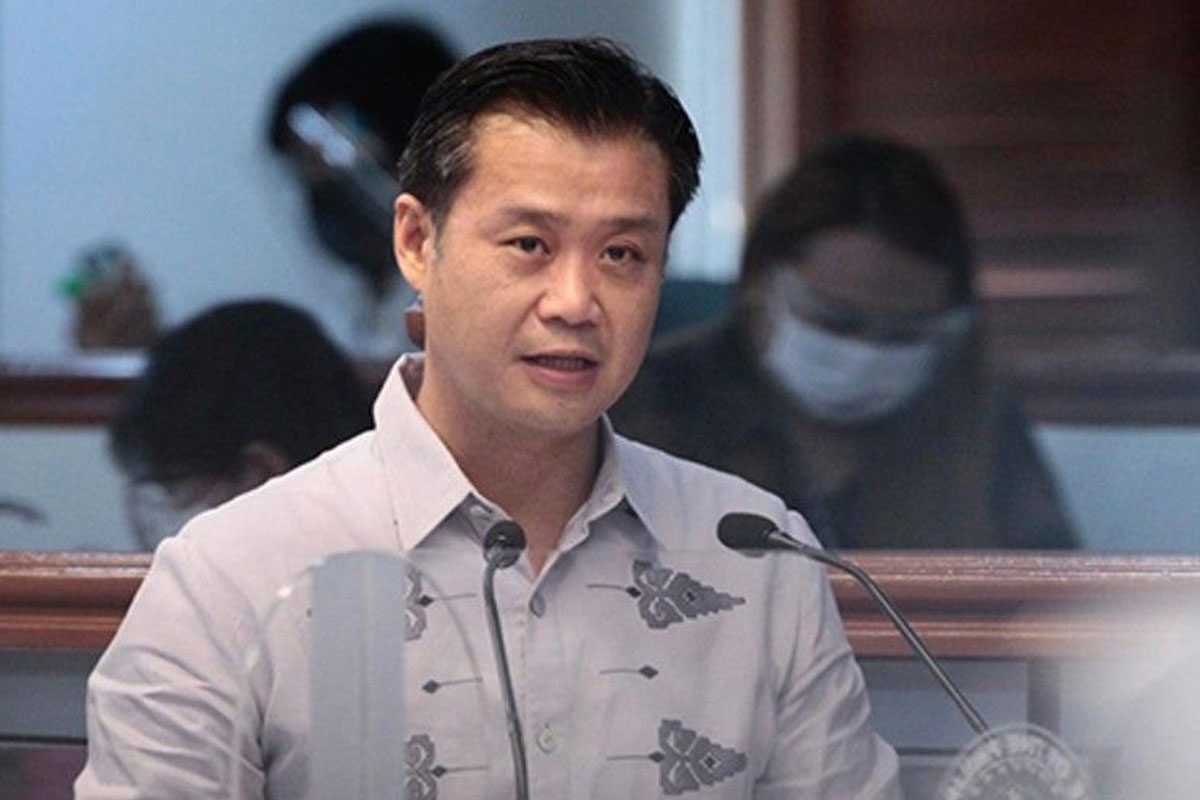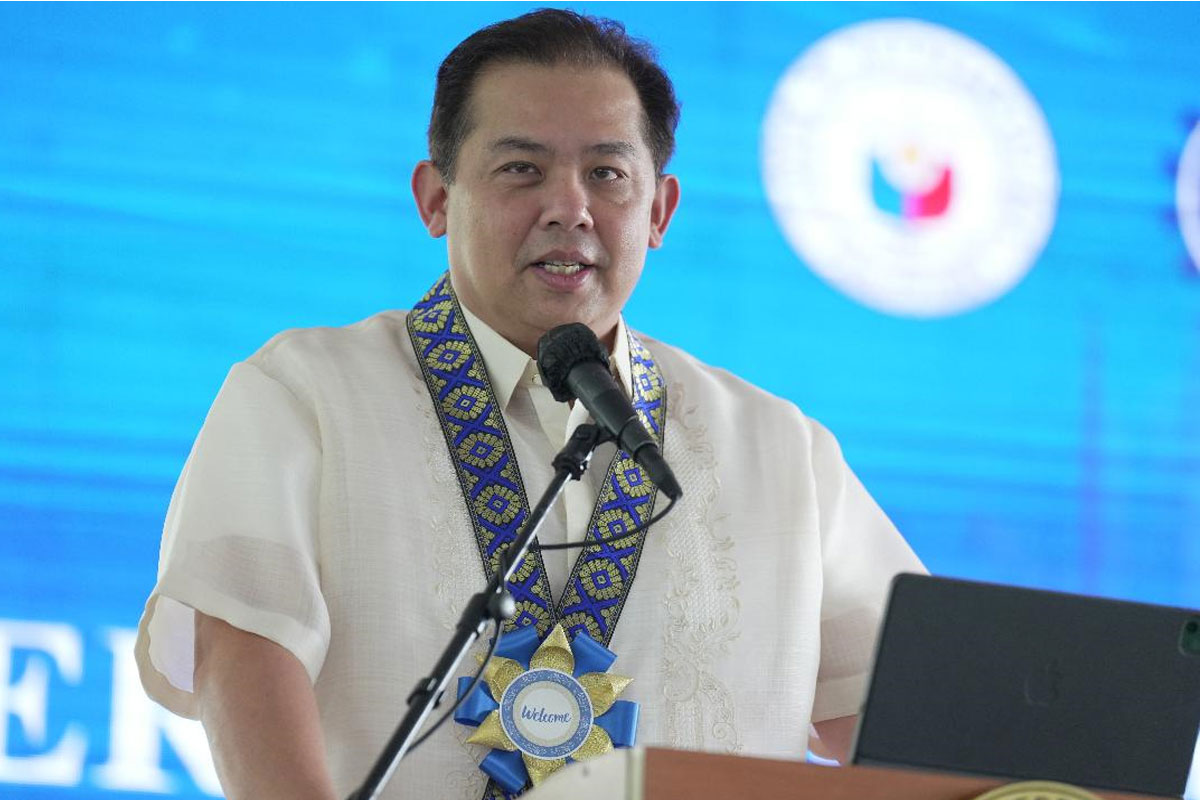
Philippines ‘learning crisis’ as kids face second year of remote schooling
AFP — Classrooms in the Philippines were silent on Monday as millions of school children hunkered down at home for a second year of remote lessons that experts fear will worsen an educational “crisis”.
While nearly every country in the world has partially or fully reopened schools to in-person classes, the Philippines has kept them closed since the start of the COVID-19 pandemic, the United Nations says.
President Rodrigo Duterte has so far rejected proposals for a pilot reopening of primary and secondary schools for fear children could catch COVID-19 and infect elderly relatives.
“I want to go to school,” seven-year-old Kylie Larrobis told AFP, complaining she cannot read after a year of online kindergarten in the tiny slum apartment in Manila she shares with six people.
“I don’t know what a classroom looks like – I’ve never seen one.”
Larrobis, who enters first grade this year, cries in frustration when she cannot understand her online lessons, which she follows on a smartphone, said her mother, Jessielyn Genel.
Her misery is compounded by a ban on children playing outdoors.
“What is happening is not good,” said Genel, who opposed a return to in-person classes while the Delta variant ripped through the country.
A “blended learning” programme involving online classes, printed materials and lessons broadcast on television and social media was launched last October.
‘STUDENTS MAY NEVER RETURN
More than 80 per cent of parents are worried their children “are learning less”, said Isy Faingold, UNICEF’s education chief in the Philippines, citing a recent survey.
Around two-thirds of them support the reopening of classrooms in areas where virus transmission is low.
“Distance learning cannot replace in-person learning,” Faingold said.
“There was already a learning crisis before COVID … It’s going to be even worse.”
Fifteen-year-olds in the Philippines were at or near the bottom in reading, mathematics and science, according to OECD data.
Most students attend public schools where large class sizes, outdated teaching methods, lack of investment in basic infrastructure such as toilets, and poverty have been blamed for youngsters lagging behind.
Enrolments fell to 26.9 million in the 2020 school year and were down a further 5 million days before lessons restarted on Monday, according to official figures.
Faingold fears many students may “never return”.
“We hope in the next days the enrolments continue to accelerate,” Faingold said.
Remote learning is also taking a toll on children’s mental health and development.
“Long-term social isolation is closely related to loneliness and physiological illness in children,” said Rhodora Concepcion of the Philippine Society for Child and Adolescent Psychiatry.
“With the disruption of face-to-face learning and social interaction, regression in formerly mastered skills may be observed in children.”


